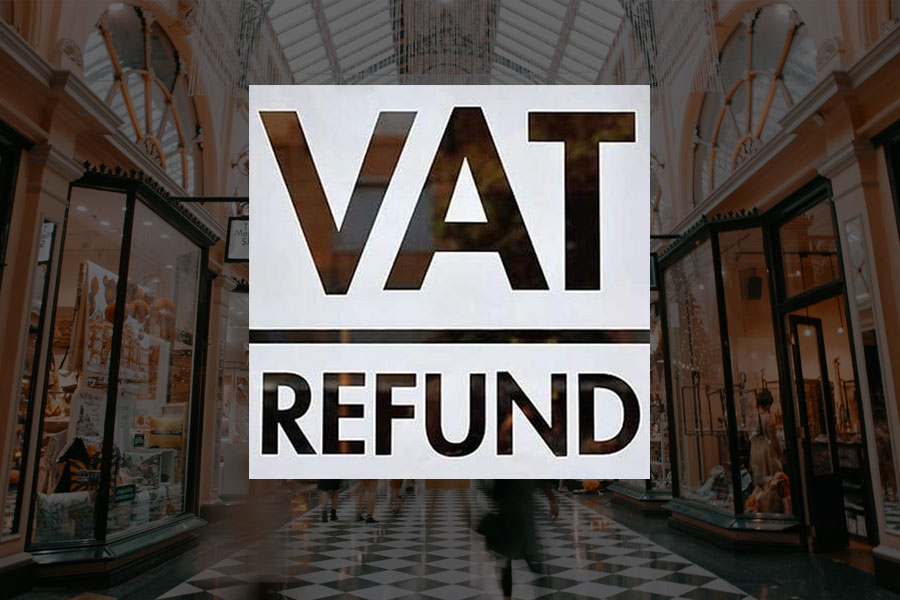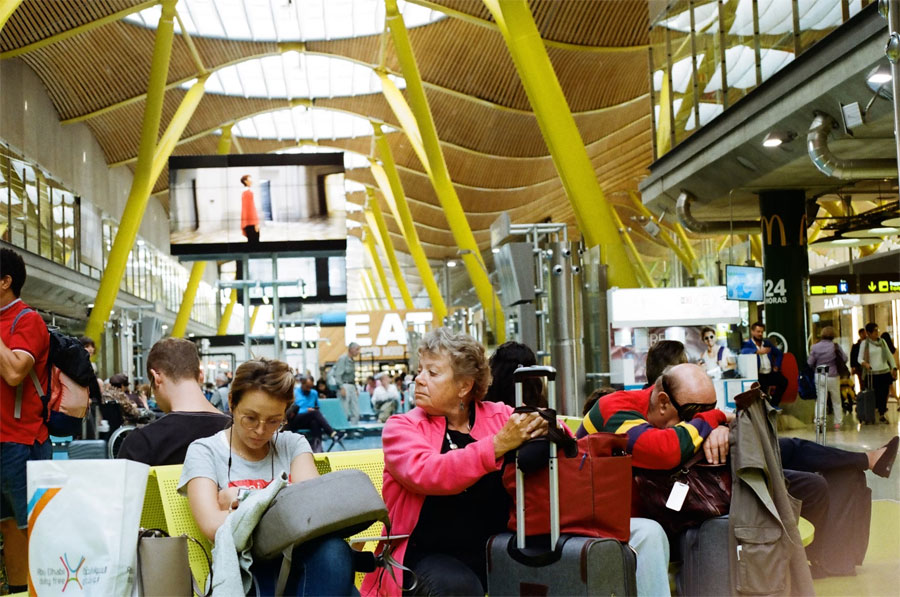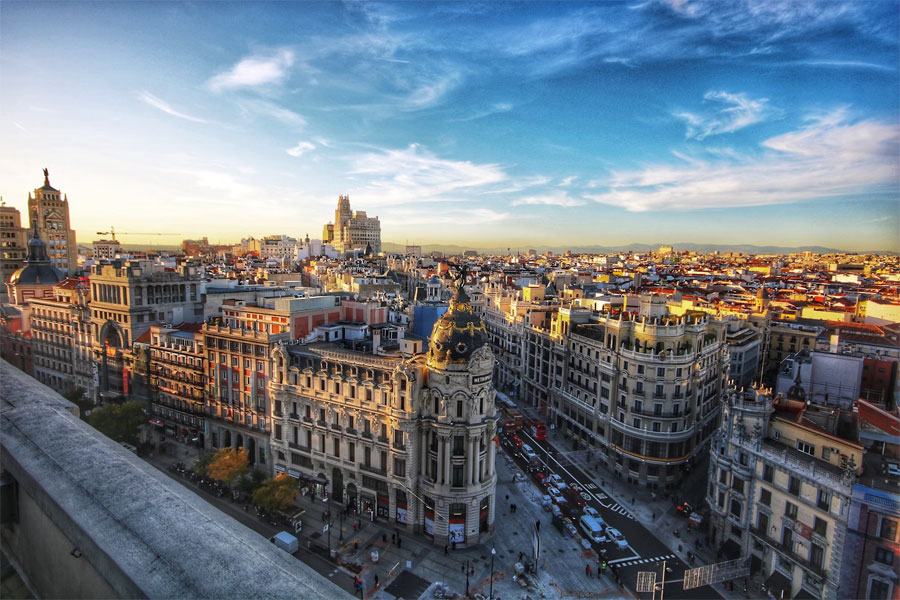Spain is well recognized for its history, cuisine, music, and sports (especially football). Located on the Iberian Peninsula in southwestern Europe, the country’s rich history is evident in its art, culture, and architecture. Whether you are exploring the Alhambra Palace in Granada or the beautiful streets of Barcelona, there is something unique at every corner you turn. And the extravagant Spanish culture is further seen in its cuisine, which showcases a symphony of flavors influenced by its diverse cultural heritage. From the savory tapas to the world-renowned wines, Spain is a gastronomical haven.
While doing everything to promote tourism, Spanish authorities also ensure that the customs clearance experience remains seamless for tourists. This is why non-EU residents have the advantage of obtaining a VAT refund on their purchases made within the country, ultimately making the recovery process rather straightforward, to say the least. So, if you are looking to get complete knowledge of the VAT refund process in Spain, then our insightful guide is just what you need.
Here are the Steps to Claim Refund

According to the customs authorities, if you live in a non-EU (European Union) country and want to make purchases in Spain (EU), then you will be able to recover the VAT (Value Added Tax) paid on them. You can also claim a refund of the VAT paid if you are a resident of the Canary Islands or in the autonomous cities of Melilla and Ceuta.
In addition to the above-mentioned requirements, a separate set of secondary requirements must also be complied with to make you eligible for obtaining the VAT refund. The secondary requirements are: you must prove your residence and identity at the time of purchase; the purchases you make are documented on an invoice and an Electronic Refund Document (ERD) is sent to the tax agency of Spain; the purchases have been made within the Spanish mainland or in the Balearic Islands; the goods do not constitute a commercial shipment; and the goods purchased must leave the EU territory within three months of supply.
In Spain, there are two ways or systems through which you can attempt to recover the fees or taxes previously paid by non-resident travelers. The travelers are free to choose any of the two below-mentioned processes based on their preferences.
Getting Refund Directly Through the Outlet
- At the time of your departure from Spain, present your VAT-paid items to the customs authorities and obtain an Electronic Refund Document (ERD) endorsed by the customs department.
- Once you obtain the ERD, send the same (physically or electronically) to the retailer or shop.
- The retailer or shop will refund the VAT paid within 15 days, via bank transfer, cheque, credit card, or any other form of reimbursement.
Keep in mind that in this process, travelers will have a maximum of 4 years (from the date of obtaining the ERD) to claim a refund.
Getting Refund Through Collaborating Entities
- On the day of your departure from Spain, present your purchased items to the customs authorities and obtain the Electronic Refund Document (ERD) from the customs department.
- Present the ERD to a collaborating entity that has been authorized by Spain’s tax agency or department. The collaborating entity will then pay the input VAT to the traveler after deducting the authorized commission. The traveler or customer must also agree to such a return. Payments can be made via cash, cheque, credit card, or bank transfer.
- After that, the collaborating entity will then forward the ERD to the suppliers, who will then reimburse the payment made by the collaborating entity to the traveler or customer.
More About the Requirements

Besides the primary and secondary requirements properly explained beforehand, Spain’s customs authorities have also made necessary for the supporting documents that need to be filed. For starters, travelers can prove their residency outside of the EU by presenting their passport or via any of the below-mentioned documents: an identity document; a certificate of registration in another country; a certificate of registration in the Consular Registration Registry of Spaniards residing abroad; a Green Card; or any other resident card from a state that is outside of the EU.
Citizens of the EU who are residing permanently in a non-EU member country can also benefit from the VAT refund process, and the application method will remain the same as previously stated. Additionally, it should be known that the seller will always verify the identity of the traveler, as well as his or her residence, at the time of making the sale.
It should also be known that only those goods that can actually leave the EU territory are eligible for VAT refunds. This means that the tax recovery process does not apply to any type of service, such as car rental or accommodation, or goods that are consumed partially or in total in the EU territory, such as chocolates, drinks, and perfumes.
For more queries, you can get in touch with the relevant authorities via phone at 91 554 87 70 or 901 335 553.

